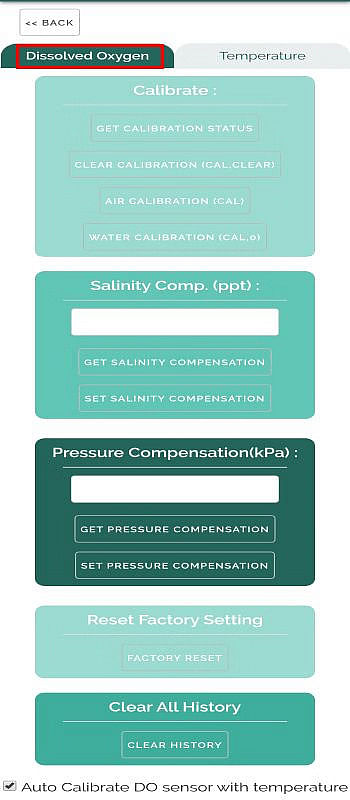Each and every species on our planet depends on Water and Oxygen. In the caseof aquatic species, they require an adequate amount of dissolved oxygen for survival.
Dissolved Oxygen (DO) is the amount of oxygen dissolved in a unit of water. Oxygen gets into water by diffusing within the surrounding air, aeration (turbulent movement), and as a waste product from plants through photosynthesis. Dissolved oxygen levels are directly related to good water quality.
In other words, Dissolved oxygen refers to the level of free, non-compound oxygen present in water or other liquids. It is one of the most important parameters when assessing water quality because of its influence on the organisms living within a body of water. A dissolved oxygen level that is too high or too low can harm aquatic life and affect water quality. Since dissolved oxygen levels are directly related to good water quality, the two are highly interdependent. Many factors can affect DO levels, and an understanding of these levels in order to make informed decisions concerning wastewater treatment operations, hypoxic zones, aquaculture facilities or
large-scale ecosystems is essential.
Each and every species on our planet depends on Water and Oxygen. In the caseof aquatic species, they require an adequate amount of dissolved oxygen for survival.
Dissolved Oxygen (DO) is the amount of oxygen dissolved in a unit of water. Oxygen gets into water by diffusing within the surrounding air, aeration (turbulent movement), and as a waste product from plants through photosynthesis. Dissolved oxygen levels are directly related to good water quality.
In other words, Dissolved oxygen refers to the level of free, non-compound oxygen present in water or other liquids. It is one of the most important parameters when assessing water quality because of its influence on the organisms living within a body of water. A dissolved oxygen level that is too high or too low can harm aquatic life and affect water quality. Since dissolved oxygen levels are directly related to good water quality, the two are highly interdependent. Many factors can affect DO levels, and an understanding of these levels in order to make informed decisions concerning wastewater treatment operations, hypoxic zones, aquaculture facilities or
large-scale ecosystems is essential.
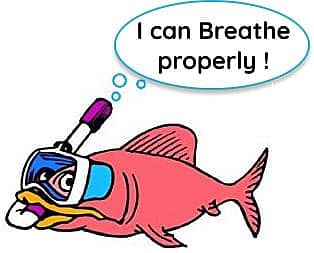
As described earlier, a dissolved oxygen level should not be too high or too low because it can cause harm to marine life. So here, varieties of questions arise in one’s mind – How to measure the amount of Dissolved Oxygen in Water? Which instrument is used to measure this Dissolved oxygen? How does it work?
Does it only measure the Dissolved oxygen level or any other parameter too? And many more… The answer to all these questions is “DiOx Sense”.
DiOx Sense has been pioneered by “Silent Infotech Pvt. Ltd”.
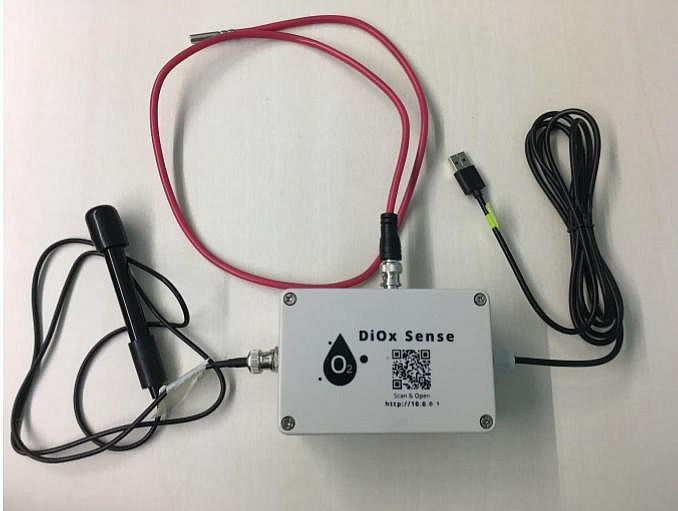
DiOx Sense
DiOxSense is the compact dissolved oxygen sensing device providing industrial-grade accuracy real-time readings for the dissolved oxygen in the water. It can be used in the aquarium water as well as in the seawater tank used for the seafood (fish, crabs, lobsters) storage tanks.
Technology Used
The most popular method for dissolved oxygen measurements is with a dissolved oxygen meter and sensor. Dissolved oxygen sensors are of two types – optical and electrochemical, electrochemical sensors can be further categorized into polarographic, pulsed polarographic and galvanic sensors.
DiOx Sense consists of Galvanic sensors. In a galvanic dissolved oxygen sensor, the electrodes are dissimilar metals. Metals have different electro potentials based on their activity series (how readily they give or accept electrons).
It requires the power supply of – DC 5Volt / 1A or DC 5V / 2A.
Dissolved Oxygen measurements are available in the following different
units :
- mg/l
- % saturation
Temperature values are displayed in Degree Fahrenheit.
User Interface
The home page will show the cards showing the real-time values from the sensor.
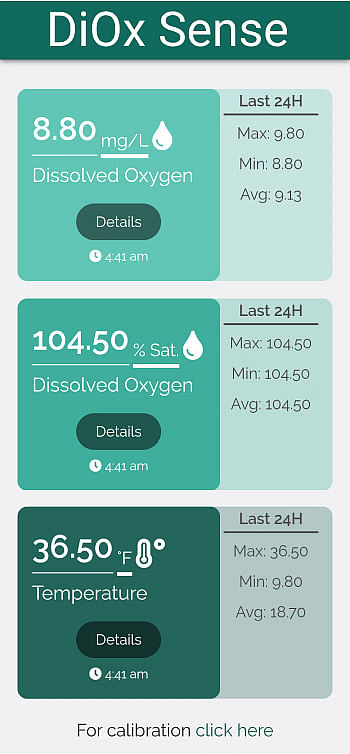
Detailed Graph View
Quick duration filters mentioned below are available :
- 3 Hours
- 6 Hours
- 12 Hours
- 24 Hours
Custom Filter shows the date range selection for visualizing specific
historical data.
Sensor Data for the individual parameters can be exported as CSV files using
the “Download Data” button.
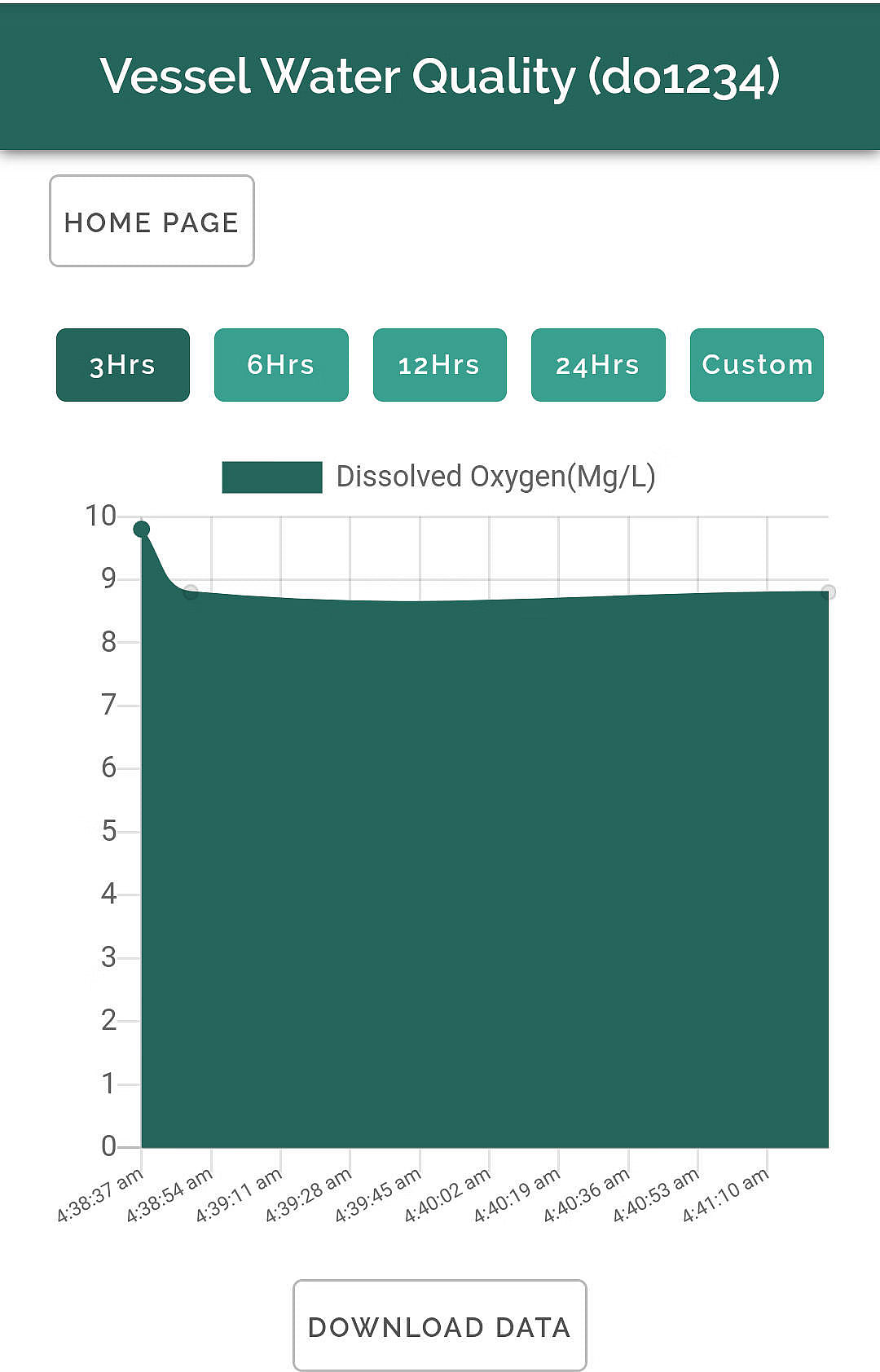
Calibrate Screen
Calibrate Screen is mainly meant for calibrating the Dissolved Oxygen Module
( EZO and Probe) for the operational environment.
